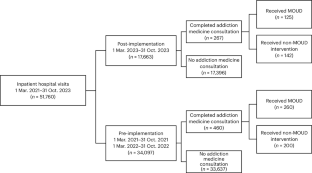2025-03-31 マックス・プランク研究所
<関連情報>
- https://www.mpg.de/24439289/0331-psy-too-tired-to-stay-alert-a-difficult-trade-off-between-sleep-and-vigilance-155111-x
- https://www.cell.com/current-biology/fulltext/S0960-9822(25)00293-3
睡眠圧力は鳥類の非対称睡眠と対称睡眠を交換させる Sleep pressure causes birds to trade asymmetric sleep for symmetric sleep
Sjoerd J. van Hasselt∙ Dolores Martinez-Gonzalez∙ Gert-Jan Mekenkamp∙ … ∙ Gabriël J.L. Beckers∙ Niels C. Rattenborg∙ Peter Meerlo
Current Biology Published:March 31, 2025
DOI:https://doi.org/10.1016/j.cub.2025.03.008
Graphical abstract

Highlights
•High-density EEG shows local homeostatic responses to sleep loss in the avian brain
•Theta oscillations occur during non-REM sleep in non-hippocampal brain regions
•Non-REM sleep occurs symmetrically and asymmetrically between the hemispheres
•Asymmetric sleep is sacrificed for symmetric sleep when sleep pressure increases
Summary
Sleep is a dangerous part of an animal’s life.1,2,3 Nonetheless, following sleep loss, mammals and birds sleep longer and deeper, as reflected by increased electroencephalogram (EEG) slow-wave activity (SWA; ≈1–5 Hz spectral power) during non-rapid eye movement (NREM) sleep.4,5 Stimulating a brain region during wakefulness also causes that region to sleep deeper afterwards,6,7,8,9 indicating that NREM sleep is a local, homeostatically regulated process.10,11 Birds and some marine mammals can keep one eye open during NREM sleep,12,13 a behavior associated with lighter sleep or wakefulness in the hemisphere opposite the open eye—states called asymmetric and unihemispheric NREM sleep, respectively.13,14,15,16,17,18,19,20,21,22,23 Closure of both eyes is associated with symmetric NREM or REM sleep. Birds rely on asymmetric and unihemispheric sleep to stay safe.17,24,25 However, as sleeping deeply with only one hemisphere at a time increases the time required for both hemispheres to fulfill their need for NREM sleep, increased sleep pressure might cause birds to engage in symmetric sleep at the expense of asymmetric sleep.26,27 Using high-density EEG recordings of European jackdaws (Coloeus monedula), we investigated intra- and inter-hemispheric asymmetries during normal sleep and following sleep deprivation (SD). The proportion of asymmetric sleep was lower early in the sleep period and following SD—periods of increased sleep pressure. Our findings demonstrate a trade-off between the benefits of sleep and vigilance and indicate that a bird’s utilization of asymmetric sleep is constrained by temporal dynamics in their need for sleep.


